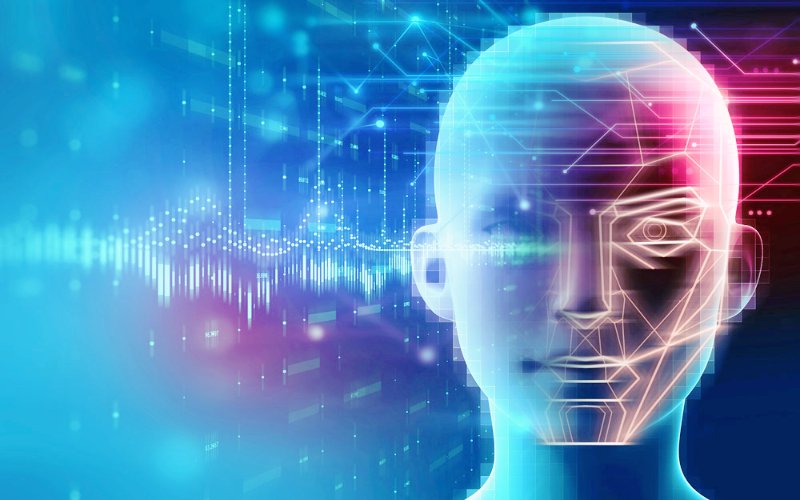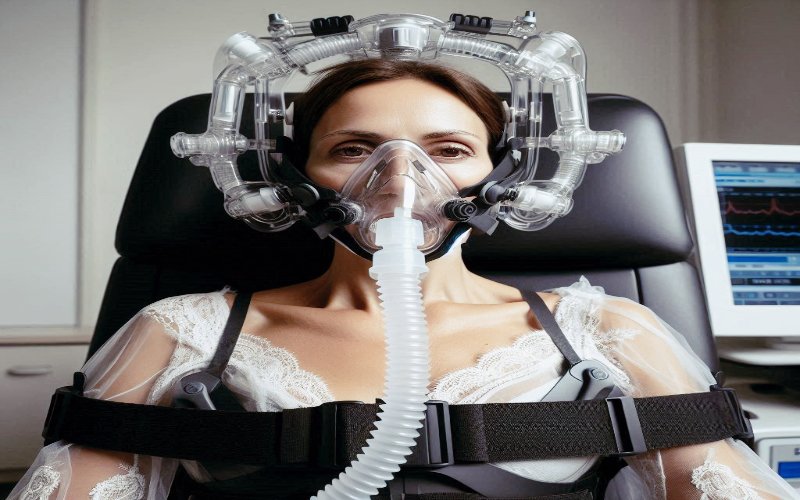What is Facial Recognition Technology?
Facial Recognition Technology (FRT) is rapidly gaining traction as one of the most transformative innovations of our time. This cutting-edge system analyzes and matches facial features to identify or verify individuals, providing security, convenience, and countless applications across various industries.
Unlike other biometric systems such as fingerprint scanning, Facial Recognition Technology uses visible features, making it intuitive and accessible. From personal smartphones to high-end security systems, FRT has become a vital tool in modern technology.
How Does Facial Recognition Technology Work?
The technology behind Facial Recognition Technology is powered by artificial intelligence (AI) and machine learning algorithms. These systems map the geometry of a person’s face, using features like the distance between eyes, the width of the nose, and the shape of the jawline. Here’s a breakdown of how the process works:
1. Detection
The system first identifies a face in an image or video. This step is crucial as it prepares the software to analyze the facial structure.
2. Analysis
Once the face is detected, the system measures various points of the face — eyes, nose, mouth, and other unique attributes. These data points are transformed into a “facial signature.”
3. Recognition or Matching
The Facial Recognition Technology system then compares the facial signature against a database of stored facial data. If a match is found, the system verifies or identifies the individual.
4. Result
Finally, the technology confirms whether the detected face matches any pre-existing data, providing the result almost instantly.
Key Applications of Facial Recognition Technology
The power of Facial Recognition Technology spans multiple industries. Its usage is not limited to high-security zones but has also found its way into personal devices, marketing, and even healthcare. Let’s dive into some of the most prominent applications:
1. Security and Law Enforcement
Security agencies across the globe have integrated Facial Recognition Technology into their systems. From airports to public spaces, FRT helps identify individuals, enhancing security measures by spotting wanted persons or preventing unauthorized access.
2. Personal Devices
FRT has become a popular feature in personal devices like smartphones. With just a glance, users can unlock their phones or authorize transactions. The ease and security offered by facial recognition are pushing other technologies like passwords into obsolescence.
3. Retail and Marketing
Retailers are exploring the potential of Facial Recognition Technology to improve customer experiences. VIP customers can be recognized immediately, and personalized services can be offered based on past interactions. Moreover, facial data helps marketers analyze consumer behavior, enabling targeted advertising.
4. Healthcare
Hospitals and clinics are also adopting Facial Recognition Technology. From patient identification to clinical trials, FRT ensures accuracy and efficiency in medical settings, ensuring correct patient records and personalized care.
Benefits of Facial Recognition Technology
The widespread adoption of Facial Recognition Technology is driven by the numerous benefits it offers. Here are the most notable advantages:
1. Enhanced Security
Facial Recognition Technology enhances security by providing a robust method for identifying individuals. Whether it’s protecting personal devices or enhancing public safety through surveillance, the technology offers a new level of security that is difficult to breach.
2. Speed and Efficiency
Compared to traditional identification methods, FRT is incredibly fast. It can verify identity within seconds, significantly improving processes like boarding flights or unlocking devices.
3. Contactless Experience
In a post-pandemic world, contactless identification has become increasingly important. Facial Recognition Technology allows for a seamless, touch-free experience, reducing physical interaction and improving hygiene standards in various sectors.
Ethical Concerns and Challenges in Facial Recognition Technology
While the potential of Facial Recognition Technology is immense, it’s not without its challenges. There are several concerns surrounding its use, particularly related to privacy, bias, and the potential for misuse.
1. Privacy Issues
Privacy concerns top the list when it comes to the drawbacks of Facial Recognition Technology. The widespread use of surveillance cameras can lead to constant monitoring, raising issues about whether individuals’ privacy is being respected. Proper regulations are necessary to control how facial data is collected, stored, and used.
2. Bias and Inaccuracy
Despite advancements, facial recognition systems have exhibited biases, especially regarding racial and ethnic groups. Some studies have found that Facial Recognition Technology can struggle to accurately identify individuals with darker skin tones. This has raised questions about fairness and the risks of discrimination.
3. Potential for Misuse
The power of Facial Recognition Technology also opens the door for potential misuse. Without proper oversight, there are fears that governments or corporations could exploit the technology for mass surveillance, tracking individuals without consent. Transparency and regulation will be essential to mitigate these risks.
The Future of Facial Recognition Technology
As we look toward the future, Facial Recognition Technology is expected to evolve rapidly. Continued advancements in AI and machine learning will improve its accuracy, potentially reducing issues of bias and inaccuracy. But alongside these technical developments, we can also expect tighter regulations and standards that ensure ethical usage.
In the future, we could see Facial Recognition Technology being integrated into more industries, from financial services to education. As society becomes more comfortable with the technology, its widespread acceptance will continue to grow.
Conclusion: A Tool for Progress, With Necessary Caution
In conclusion, Facial Recognition Technology offers an exciting glimpse into the future of identification and security. Its applications, ranging from law enforcement to healthcare, present undeniable advantages. However, as with all technological innovations, it is crucial to proceed with caution. Ethical considerations, such as privacy, bias, and potential misuse, must be addressed to ensure this powerful tool is used responsibly.
By striking the right balance between innovation and ethical responsibility, Facial Recognition Technology can transform the way we live and interact, making our world safer, more efficient, and increasingly personalized.
Also visit on techitl.com.




